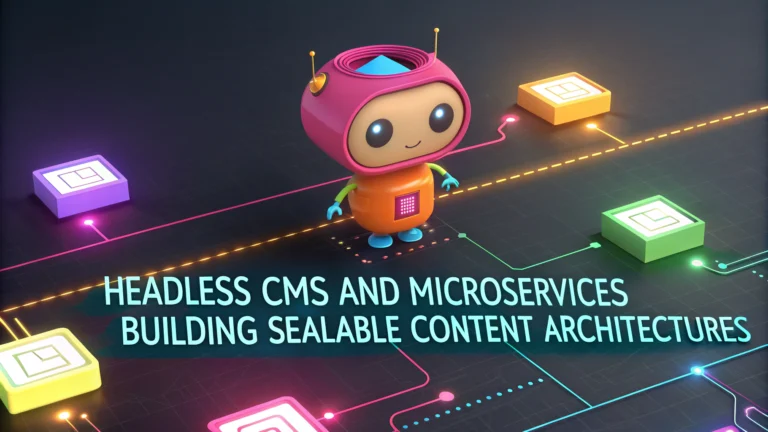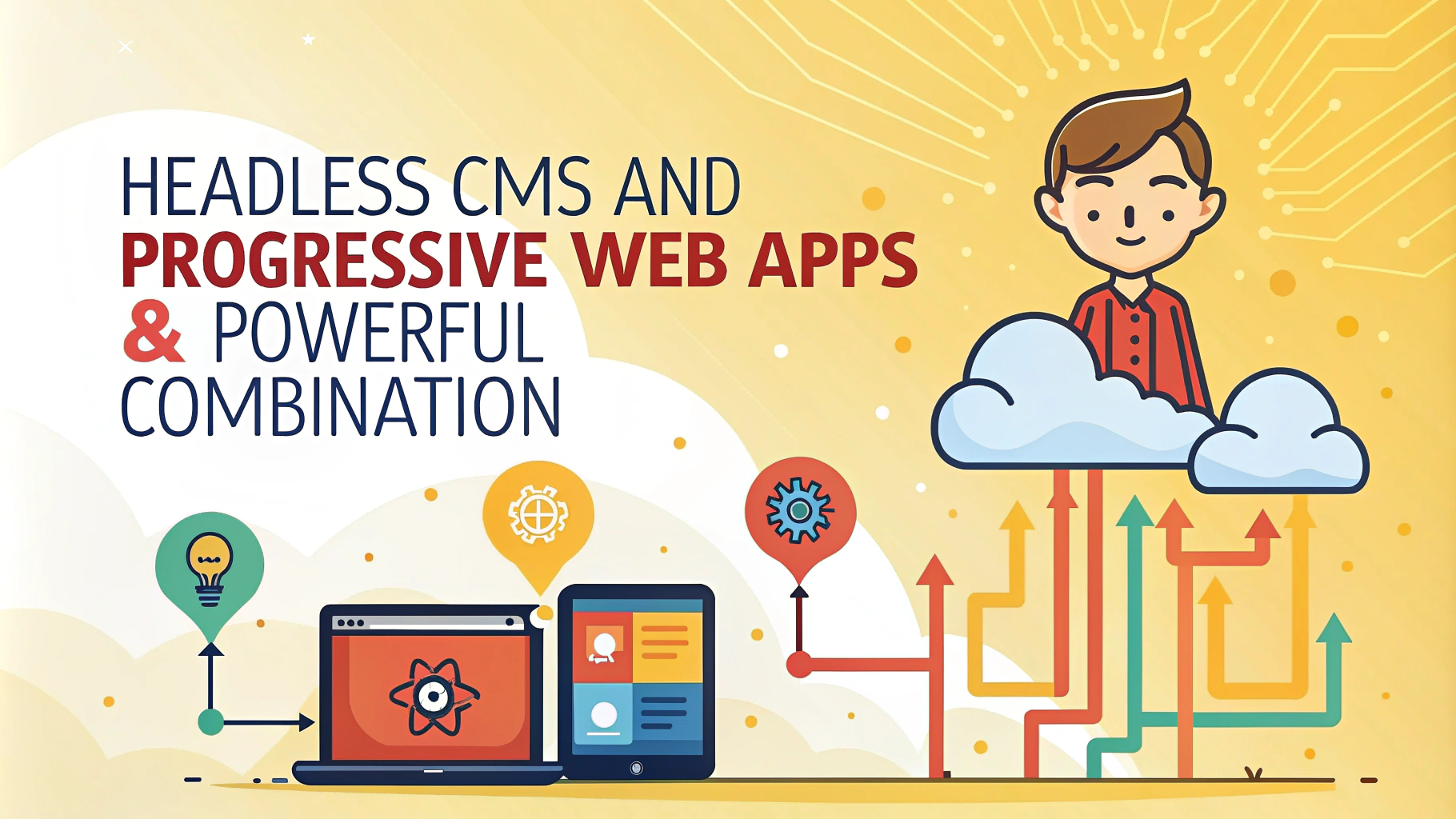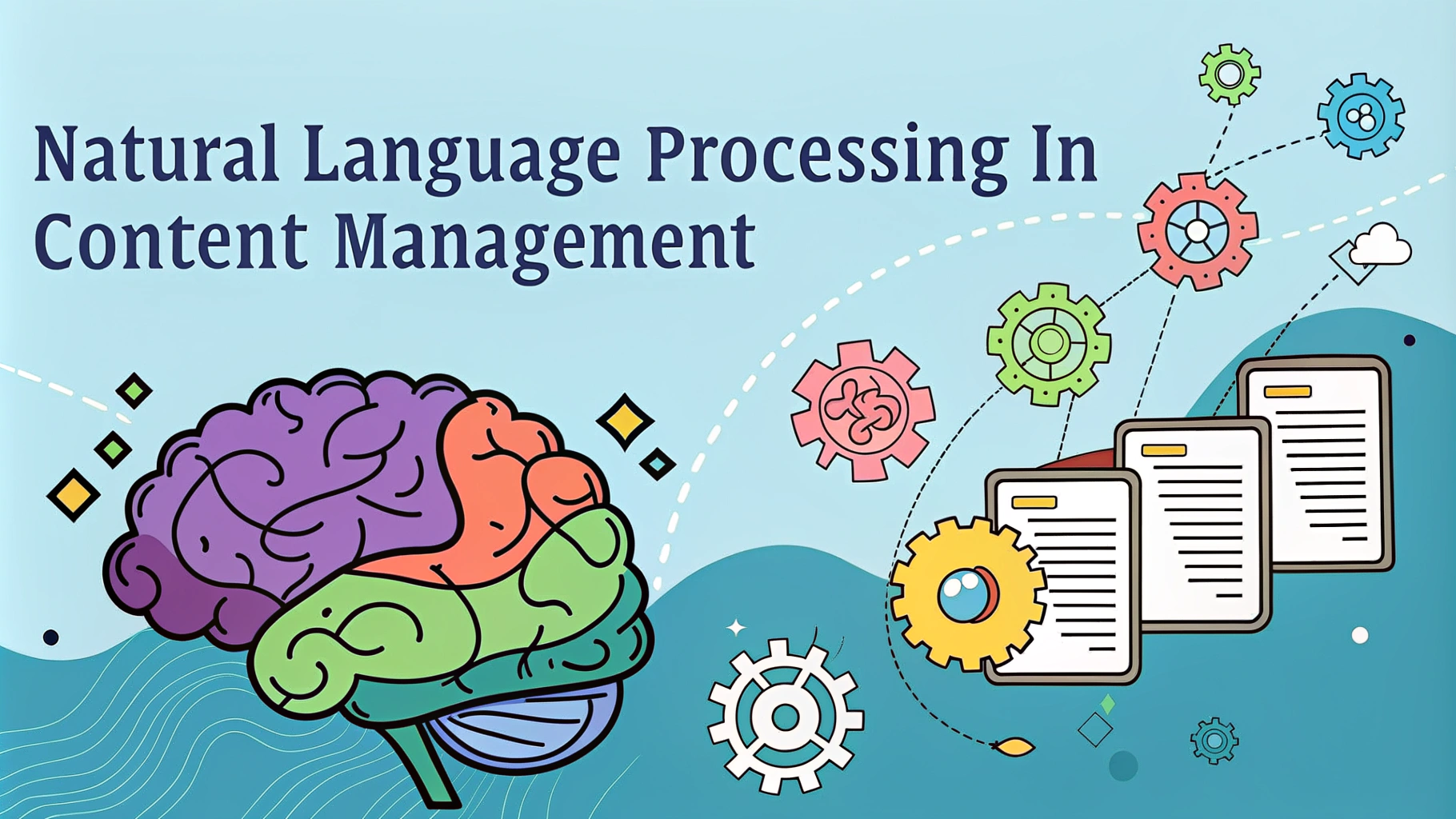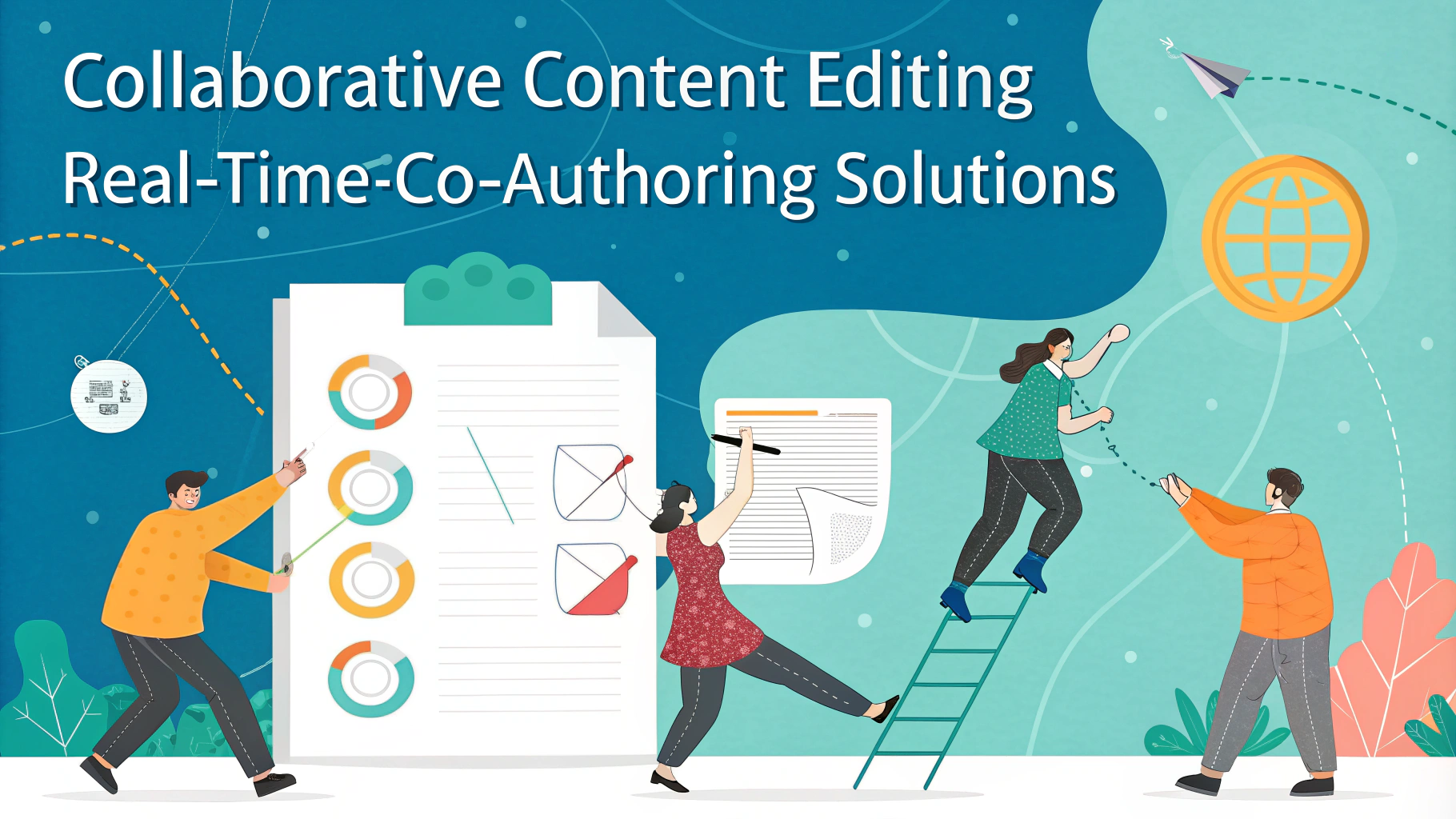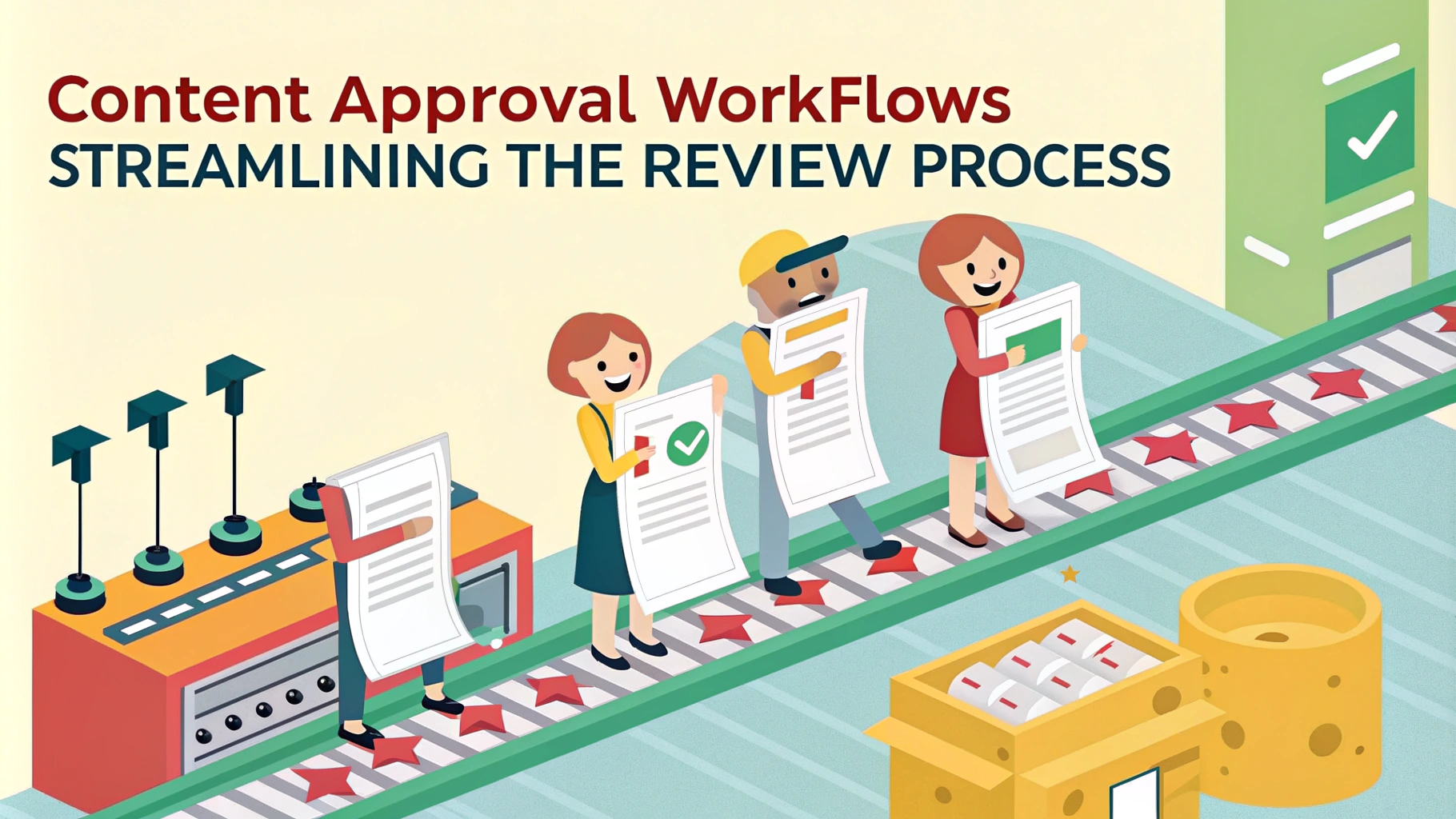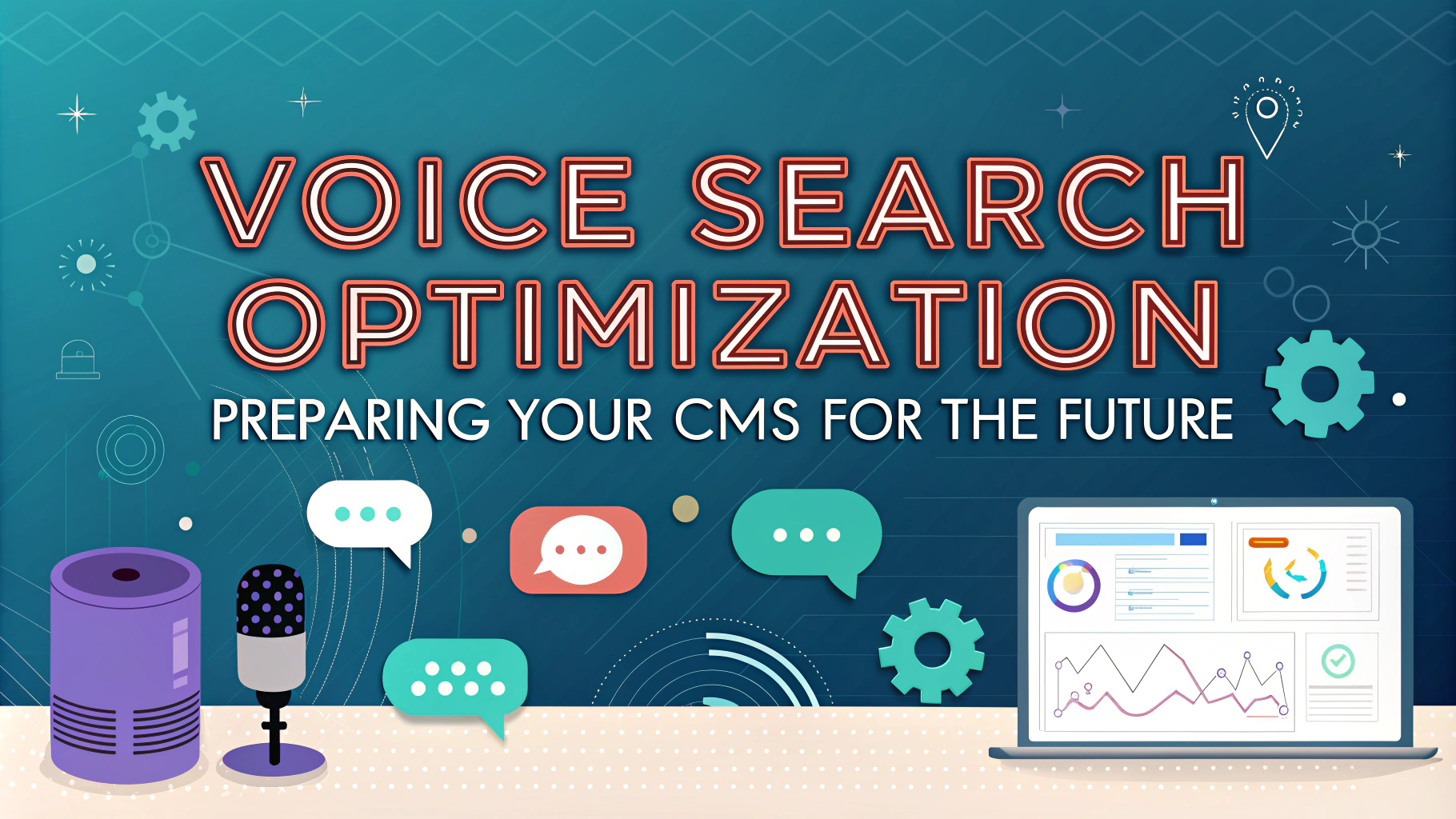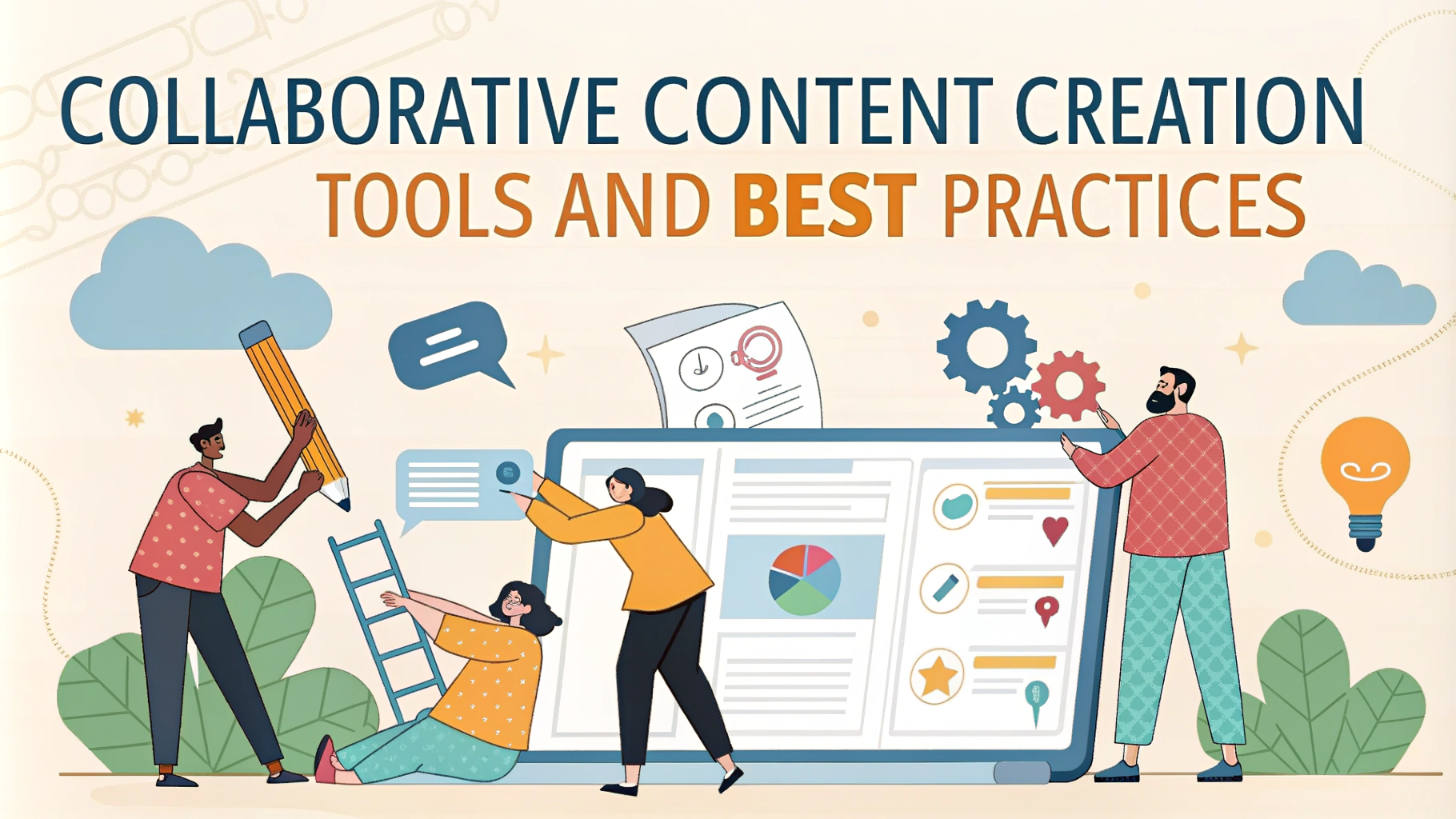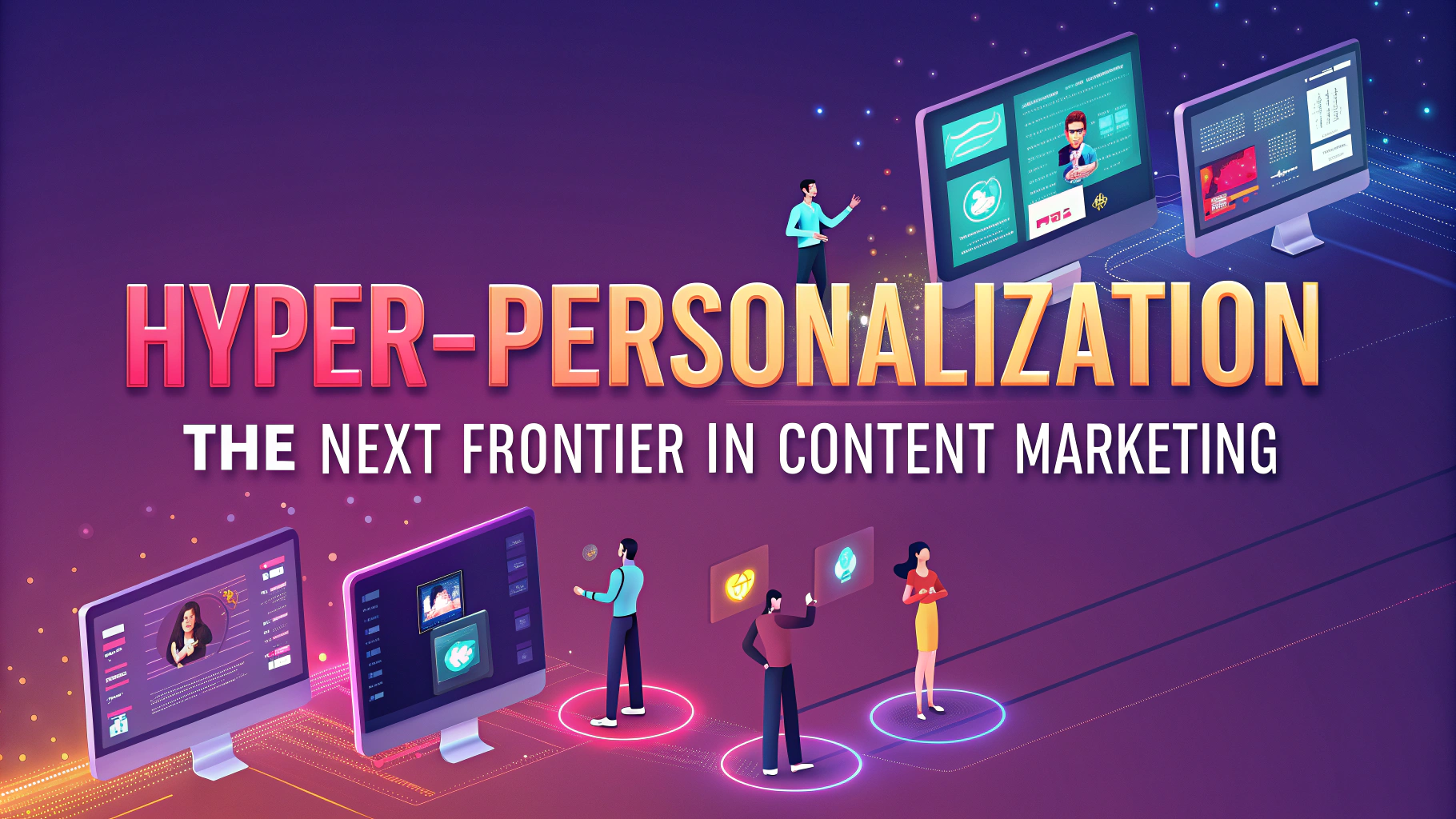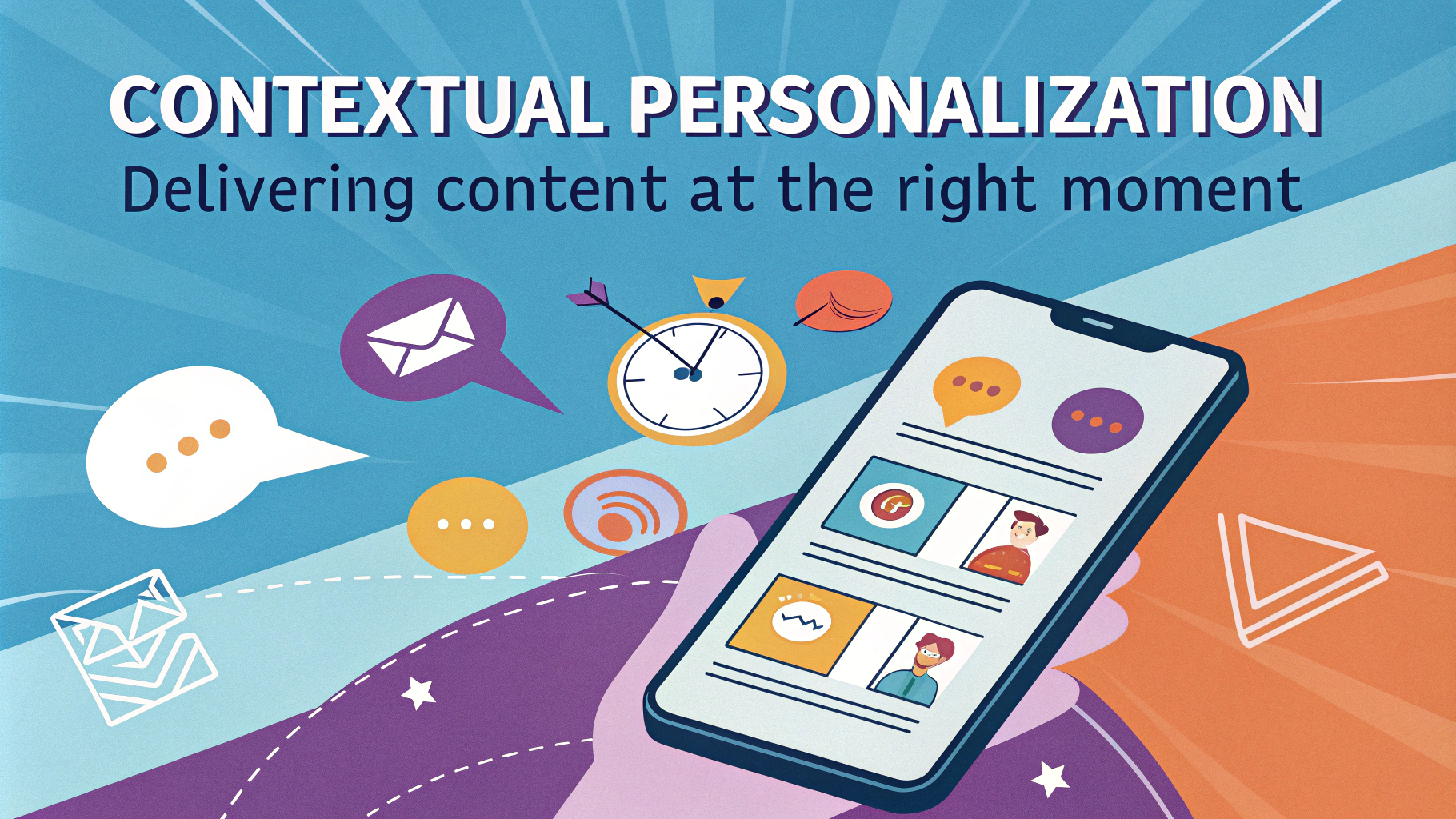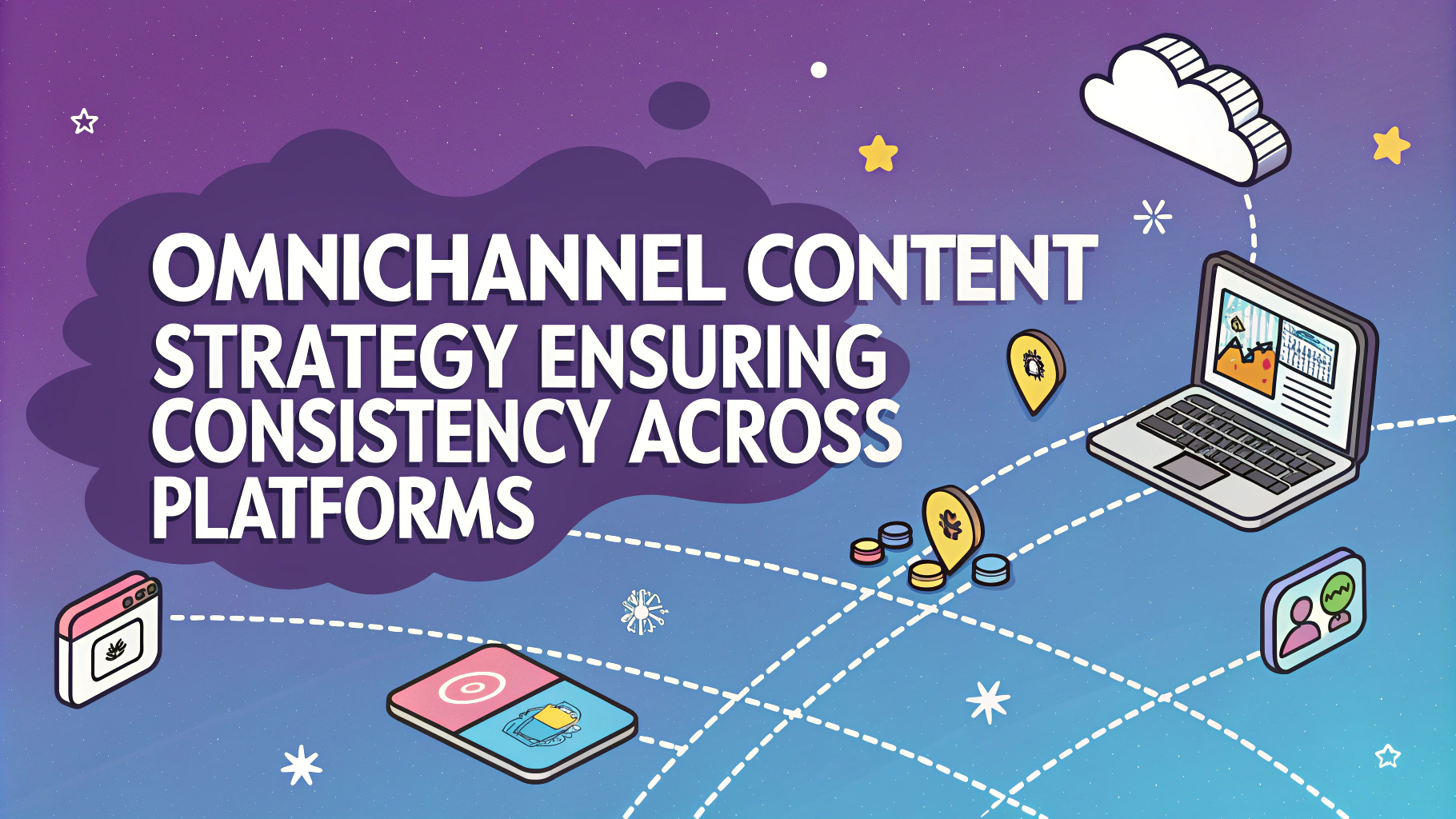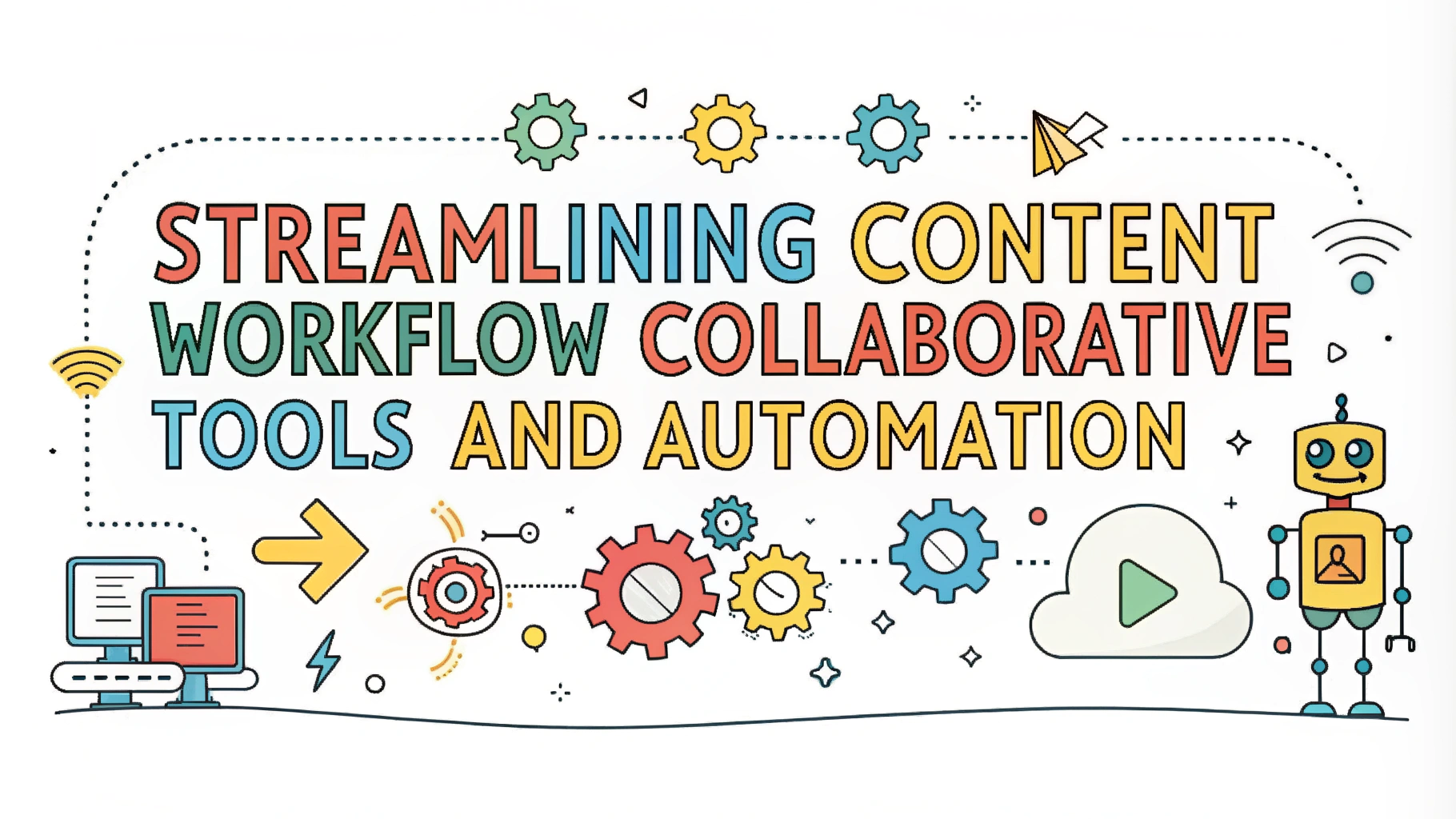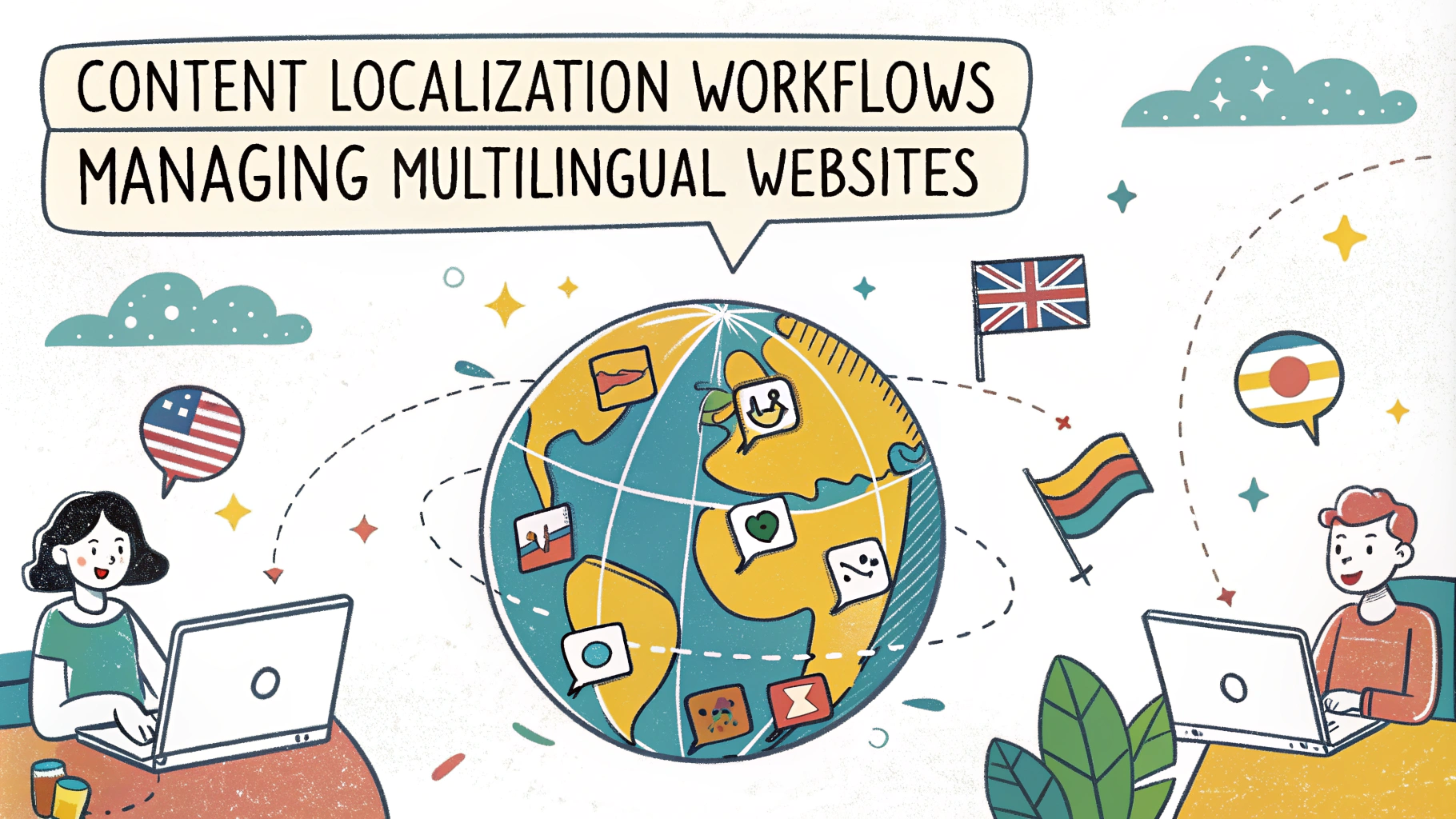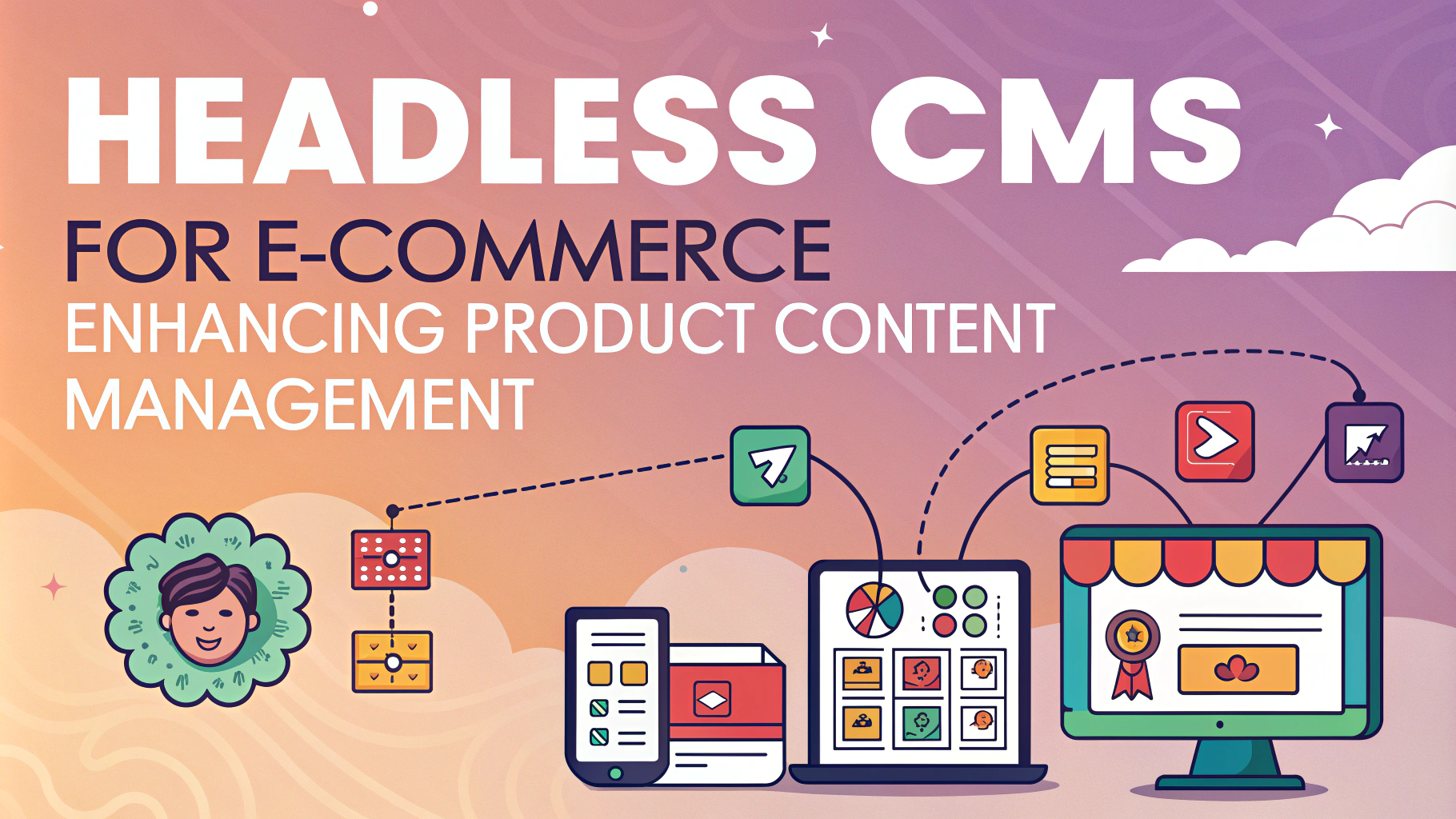Headless CMS and microservices are reshaping content management. This guide explores how these technologies can help you build scalable content architectures.
We’ll cover key benefits, implementation strategies, and best practices for leveraging headless CMS and microservices in your projects.
Understanding Headless CMS and Microservices
A headless CMS separates content management from presentation. It stores and delivers content via APIs, allowing flexibility in how content is displayed.
Microservices are small, independent services that work together to form complex applications. They offer modularity and scalability.
Key benefits of headless CMS:
- Content reusability across platforms
- Improved performance
- Greater flexibility for developers
- Enhanced security
Advantages of microservices:
- Scalability and easier maintenance
- Technology stack flexibility
- Faster development and deployment
- Improved fault isolation
Designing a Scalable Content Architecture
A well-designed content architecture is crucial for managing and delivering content effectively. Consider these factors:
- Content modeling: Define content types and relationships
- API design: Create robust and flexible APIs for content delivery
- Caching strategy: Implement effective caching for improved performance
- Content governance: Establish workflows and permissions for content management
Use tools like Contentful or Strapi to build your headless CMS infrastructure.
Implementing Microservices for Content Delivery
Microservices can enhance your content delivery pipeline. Here’s how to implement them:
- Identify content-related services (e.g., search, personalization, analytics)
- Design service interfaces and APIs
- Choose appropriate technologies for each service
- Implement service discovery and communication patterns
- Set up containerization and orchestration (e.g., Docker, Kubernetes)
Tools like NGINX or Kong can help with API gateway management for your microservices architecture.
Example microservices structure:
| Service | Function | Technology |
|---|---|---|
| Content API | Deliver content from CMS | Node.js |
| Search | Full-text search capabilities | Elasticsearch |
| Personalization | Customize content for users | Python |
| Analytics | Track content performance | Go |
Maximizing Content Delivery with Headless CMS and Microservices
Headless CMS and microservices offer powerful solutions for content management and delivery. This guide explores how to leverage these technologies to build scalable, flexible content architectures that meet modern digital needs.
We’ll cover key strategies, implementation tips, and best practices to help you create a robust content ecosystem using headless CMS and microservices.
Optimizing Performance and Scalability
Performance and scalability are critical for delivering content efficiently. Here’s how to optimize your headless CMS and microservices setup:
- Content Delivery Networks (CDNs): Use CDNs to cache and serve content closer to users, reducing latency
- Load balancing: Implement load balancers to distribute traffic across multiple servers
- Horizontal scaling: Design your microservices to scale horizontally by adding more instances
- Caching strategies: Implement intelligent caching at various levels (API, database, application)
Tools like Cloudflare or Amazon CloudFront can help optimize content delivery and improve performance.
Ensuring Security and Compliance
Security is paramount when dealing with content management and delivery. Consider these aspects:
- API security: Implement authentication and authorization for API access
- Data encryption: Use encryption for data at rest and in transit
- Regular audits: Conduct security audits and penetration testing
- Compliance: Ensure your setup meets relevant industry standards (e.g., GDPR, CCPA)
Implement security best practices using tools like OAuth for authentication and HashiCorp Vault for secrets management.
Integrating Analytics and Personalization
Leverage data to improve content strategy and user experience:
- Content performance tracking: Implement analytics to measure content engagement
- User behavior analysis: Use tools to understand how users interact with your content
- A/B testing: Test different content variations to optimize performance
- Personalization engines: Implement services to deliver tailored content experiences
Tools like Segment or Adobe Analytics can help gather and analyze content performance data.
Example personalization workflow:
| Step | Action | Tool/Service |
|---|---|---|
| 1 | Collect user data | Custom tracking or CDP |
| 2 | Analyze behavior patterns | Machine learning service |
| 3 | Generate content recommendations | Recommendation engine |
| 4 | Deliver personalized content | Content API + Frontend |
Future-Proofing Your Content Architecture
Prepare your content ecosystem for future challenges and opportunities:
- API versioning: Implement versioning to manage API changes without breaking existing integrations
- Headless-ready frontend frameworks: Use frameworks like Next.js or Gatsby for flexible content rendering
- AI and machine learning integration: Prepare your architecture to incorporate AI for content optimization
- Voice and IoT readiness: Design your content model to support emerging platforms and devices
Stay updated with emerging technologies and trends in content management and delivery to keep your architecture adaptable.
Conclusion
Headless CMS and microservices provide a solid foundation for building scalable, flexible content architectures. By focusing on performance, security, analytics, and future-proofing, you can create a robust content ecosystem that meets current needs and adapts to future challenges.
Remember to regularly assess and update your architecture to ensure it continues to serve your content strategy effectively. With the right approach, you can leverage these technologies to deliver exceptional content experiences across all platforms and devices.

